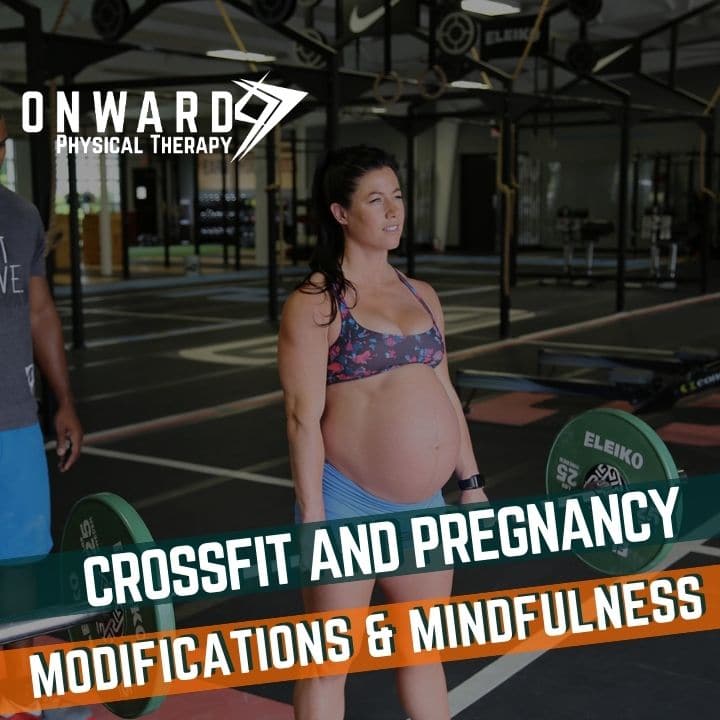
“Can I?” vs. “Should I?”
While working with many pregnant athletes, it is a common conversation to discuss when it is necessary to modify a movement despite the athlete still being able to perform it. With the increase in social media in our life, it can provide a false sense of security to see others perform high-level skills while deep into their pregnancy and assume that it is safe for you to perform. Asking yourself the right question of “should I?” rather than “can I?” sets you on the right path to an efficient, safe postpartum recovery. This blog will cover the main ideas to consider when participating in CrossFit while pregnant.
When to Check with your Pelvic Physical Therapist about CrossFit During Pregnancy
New research is being done on healthy women who CrossFit during pregnancy; this is promising as it demonstrates that our society values the answer of knowing how to continue to stay fit while with child. Exercise is currently encouraged for women who are undergoing an uncomplicated pregnancy, even if you did not exercise prior to conceiving! Other considerations below would warrant a discussion with both your OB/GYN and Pelvic PT regarding safe modifications and ability to identify symptoms of when to absolutely stop. Those include:
- Bleeding during pregnancy
- Ruptured cervix
- Carrying triplets or quadruplets
- Pre-eclampsia
- Placenta previa
- Uncontrolled gestational diabetes
- Hypertension or thryroid issues
- Recurrent miscarriage
- Spontaneous pre-term births
- Malnutrition and/or disordered eating
What Should I Look Out For When Doing CrossFit During Pregnancy?
The following are important symptoms to look out for as these indicate your body is not ready for the exercise or intensity of the exercise you are performing while pregnant:
- Pain
- Heaviness or dragging in or beneath vagina
- Leaking urine or stool
- Coning / doming through abdomen (see image below)
.png)
Your pelvic floor is an important group of muscles that provide support to your uterus, bladder and bowels much like a sling. As your progress through your pregnancy, there is an increase of pressure on both your pelvic floor and abdominal muscles by your growing fetus. When you experience any of the symptoms above, it can indicate the activity you are performing has increased the pressure to a point that your muscles are unable to support it.

Choosing to ignore these symptoms can put you at increased risk for lingering dysfunction postpartum including:
- Urinary or fecal incontinence
- Diastasis recti
- Pelvic pain
- Inefficient core activation
- Impaired posture
How Can You Modify CrossFit While Pregnant?
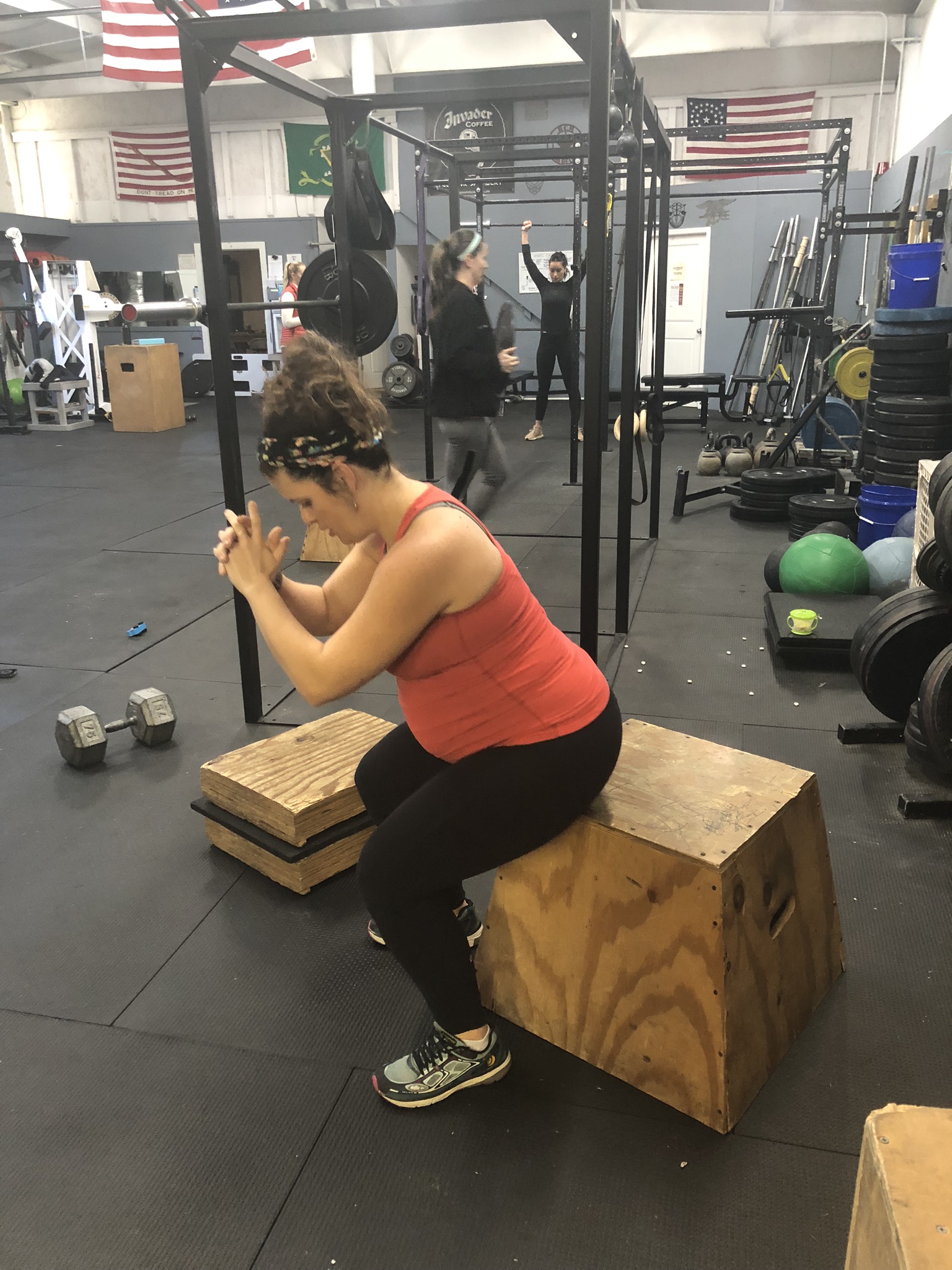
Noticing any of the symptoms stated above when exercising? Consider changing one of the following and monitor symptoms when doing CrossFit during pregnancy.
- Change the repetitions – larger volume puts you under fatigue and more likely to lose positioning or bracing. Choosing lower repetitions allow for crisp demonstration and safe motion.
- Change the intensity – Focus on quality over quantity. This may require you to move slower and more mindfully to ensure breathing and muscle control is intact.
- Change the exercise – As you progress into the 2nd and 3rd trimesters, it will be smart to substitute alternative exercises to keep you and your baby safe. These may include banded PVC pull downs instead of pull ups, utilizing power and no-contact positioning for Olympic lifts, and squatting to a box to reduce pressure down on your pelvic floor.
First Trimester Considerations

During the first trimester there are very few generalized contraindications for exercises when doing CrossFit during pregnancy. You may experience increased fatigue or nausea during this time period, which is the main limiting factor for workouts for many women.
Second Trimester Considerations
Barbell Movements:
During your second trimester, you will notice the need to modify your barbell path to compensate for your growing baby bump. No contact cleans/snatches will be appropriate for a period of time. It is important to note that the more you practice bringing the barbell up and around the belly, you are reinforcing an improper motor pattern. This is temporary, and gaining awareness of proper techniques after birth will be critical to correcting motor patterns.
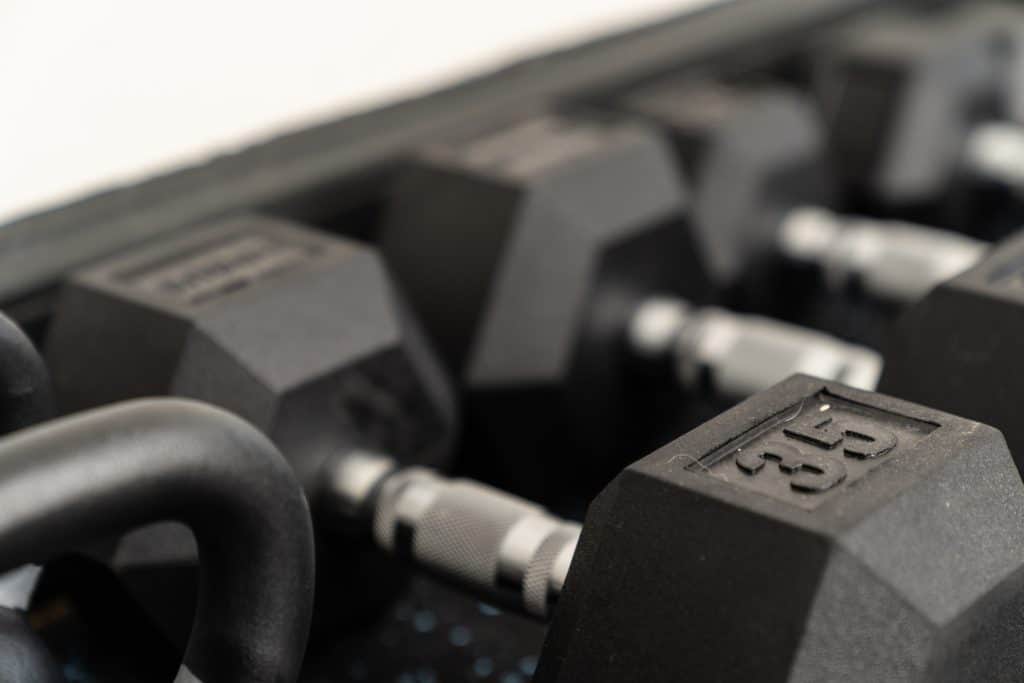
Ways to modify:
- Utilize dumbbells or kettlebells and make it a two-handed movement
- Use the power position if there is pain or inappropriate pressure management in full squat cleans/snatches
Gymnastic Movements:
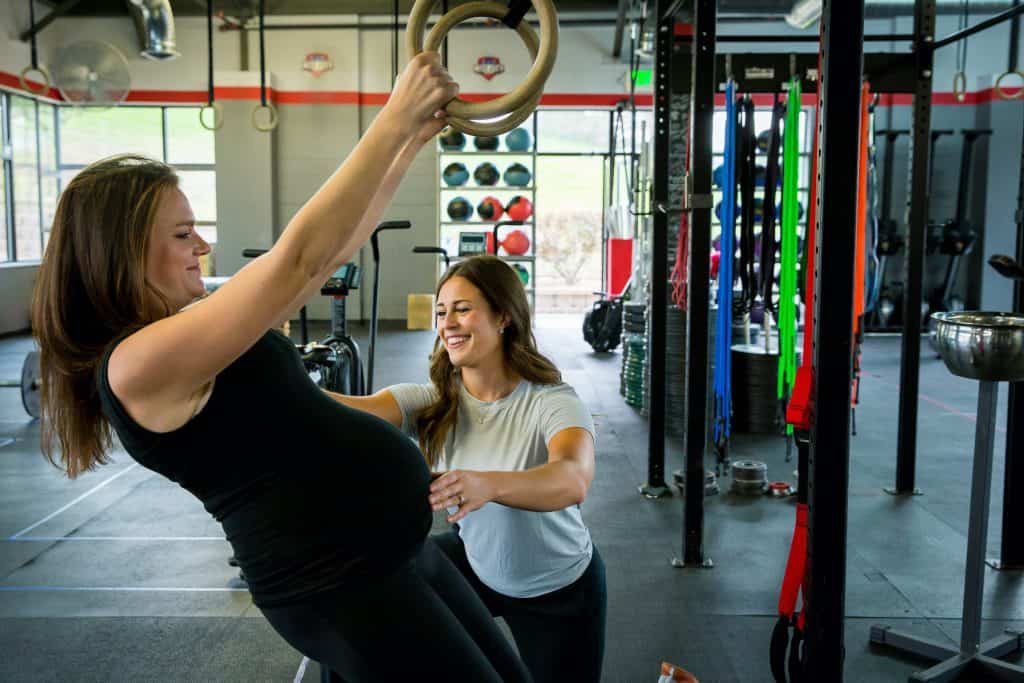
Advanced core movements place a lot of demand on core stability, pressure management and coordinated breathing on non-pregnant individuals. As you begin to show during your pregnancy, it will become increasingly difficult to maintain these three points. Appropriate awareness of coning, doming, pain, heaviness or drag can be an indication that your body cannot appropriately support the position. Some common substitutions include:
- Toes-to-bar – knees to elbow or hanging knee raise (if able to maintain pressure while hanging from the cage) walking V ups, banded PVC pull downs with leg lifts if coning present while on the rig
- Pull Ups – rack chins/inverted row from floor, PVC banded seated pull downs, ring rows
- Hollow Holds – Dead bug variation, standing banded hollow hold, bird/dogs
The Valsalva
The valsalva maneuver is when you hold your breath during heavy lifting. As athletes we do this to increase pressure and brace our spine to be able to lift a heavy load.
Remember, pregnancy alone provides a constant increase in pressure on the abdomen and pelvic floor. By utilizing the Valsalva, you add undue pressure in those areas which again may slow your postpartum recovery.
Additionally, when you hold your breath with heavy lifts, you have a sharp increase in blood pressure. Pregnant women are at risk of issues with high blood pressure and are therefore closely monitored. These issues can lead into something called “pre-eclampsia.” Because of the risks of high blood pressure and because valsalva does momentarily increase blood pressure, we promote a different technique:
“Blow as you go” technique:
- Inhale during the descent of a lift
- Exhale as you rise
This allows for the normal ebb & flow of the abdominal and pelvic floor muscles, limiting the extra pressure while maximizing your strength benefits.
Jumping and Plyometrics
Activities like running, box jumps, burpee jumps, and double unders all significantly increase the downward pressure into your already-taxed pelvic floor. Consider slowly lowering the intensity of these activities to lessen the risks of incontinence postpartum.
Lastly, it is vital for your & your baby’s wellbeing to avoid falling or trauma. Activities that may result in a fall or traumatic injury should be avoided. This includes handstands, rope climbs, muscle-ups, & ultimately any activity in which you question its safety.
Third Trimester Considerations
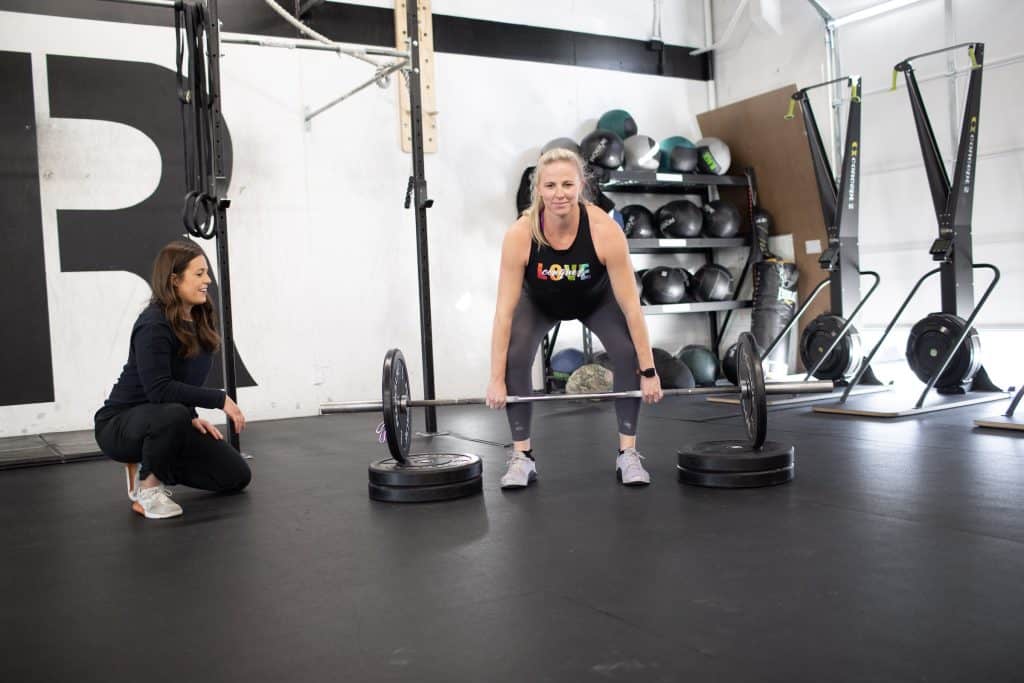
While most exercise modifications happen in the second trimester with CrossFit during pregnancy, the largest changes happen in the third and final trimester. Primary changes addressed are:
- Weights you lift
- Range of motion you lift through
It is important to be aware of signs/symptoms of overdoing a specific activity (see “What Should I Look Out For?” above). If you are not experiencing any of those symptoms, you are likely okay to proceed with caution. Know that the grace you give yourself to grow and honor your body during this stage will set you up for a successful recovery postpartum. Remember asking yourself “can I?” vs. “should I?” to decide if the activity is worth the risk of developing issues later on. Be mindful, kind, and patient with yourself and enjoy this exciting time.
Still have questions about CrossFit and Pregnancy?
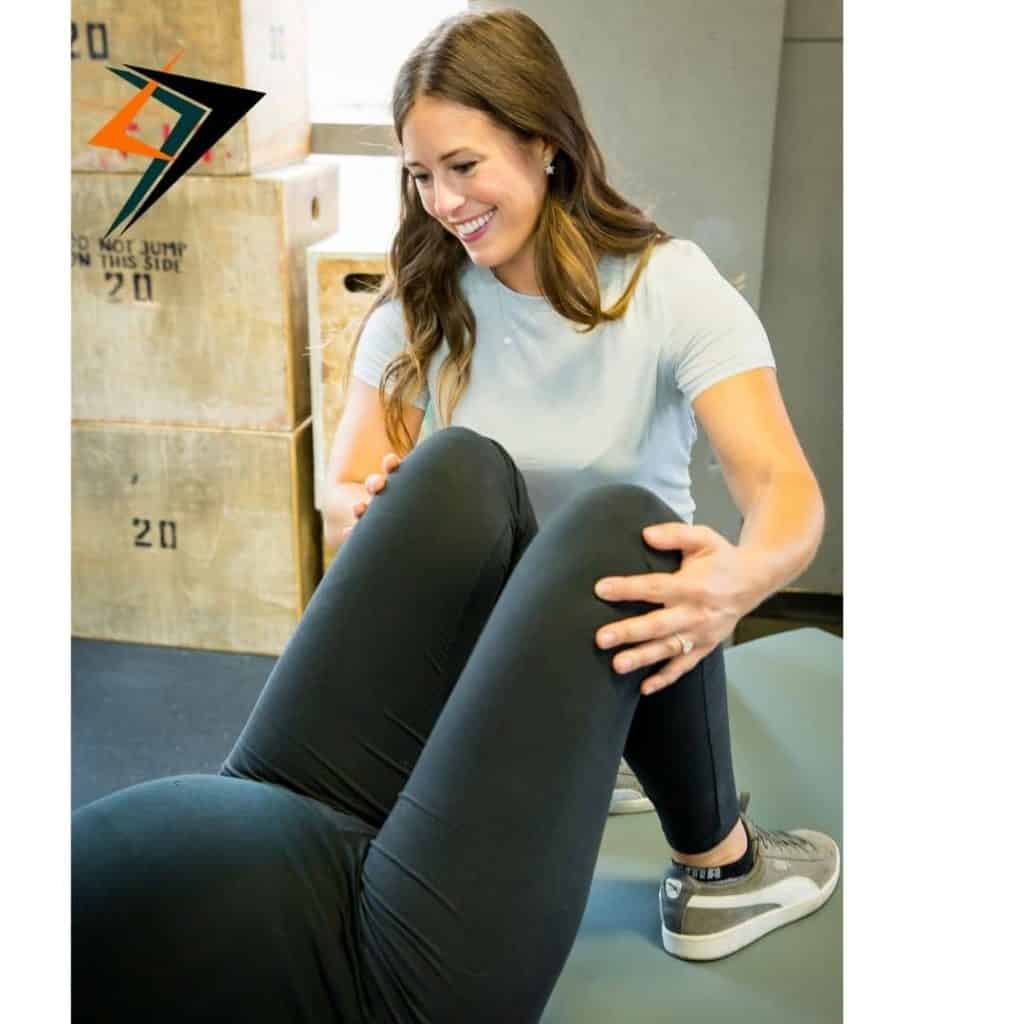
At Onward, we pride ourselves on being able to provide you the confidence and knowledge to select the right modifications for wherever you are in your fitness journey. There is a lot of information out there and it is important to realize each pregnancy is different. CrossFit during pregnancy can be completely safe with the right pacing and progressions. Interested in letting us guide you? Schedule an appointment today!
Recent Articles
Achilles Tendonitis: Diagnosis & Treatment
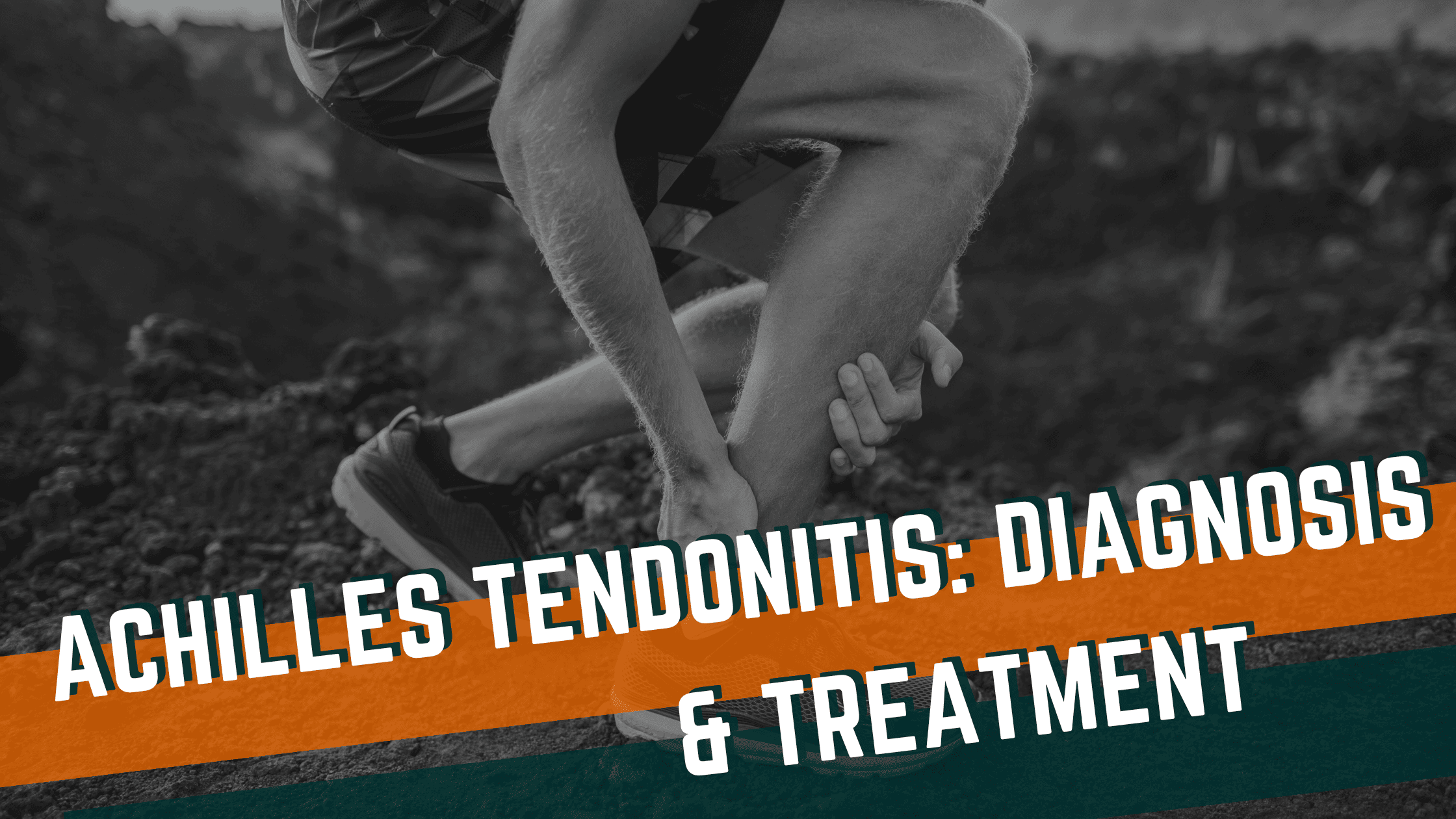
Hip Pain in Runners
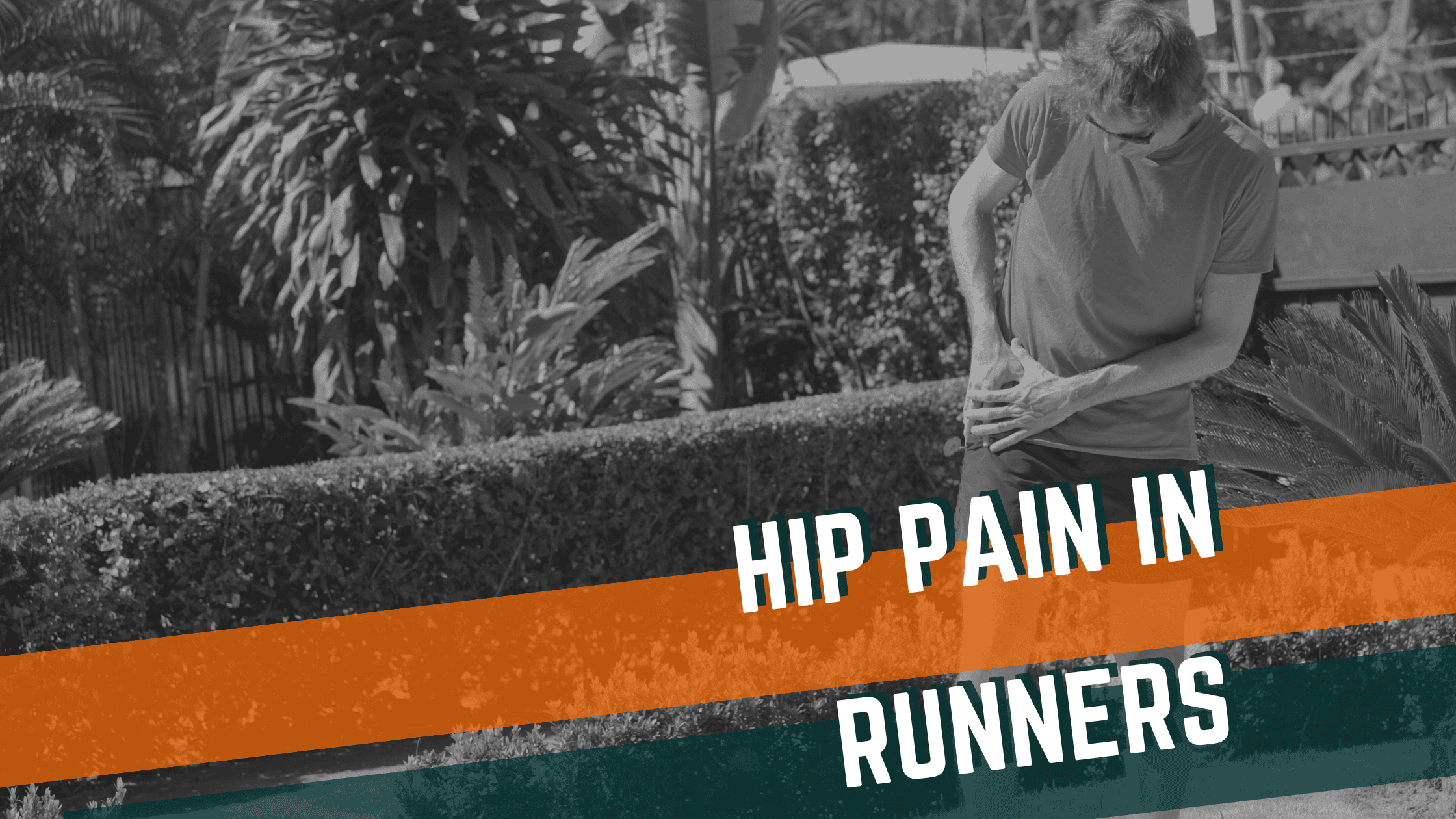
A Guide to Conditions Treated with Dry Needling
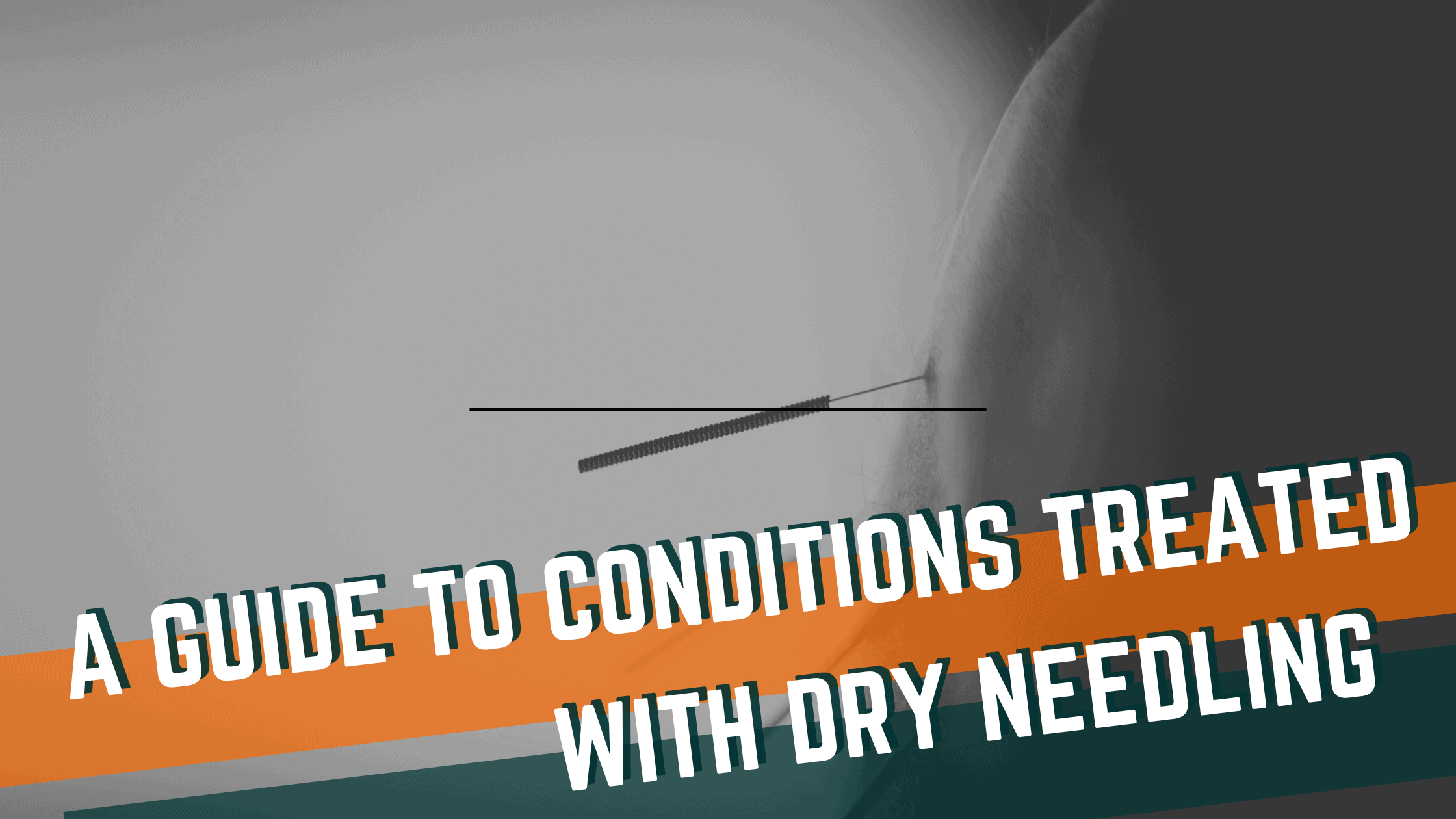
Reconnect to the CORE Postpartum: Pelvic Floor Exercises for Postpartum Healing
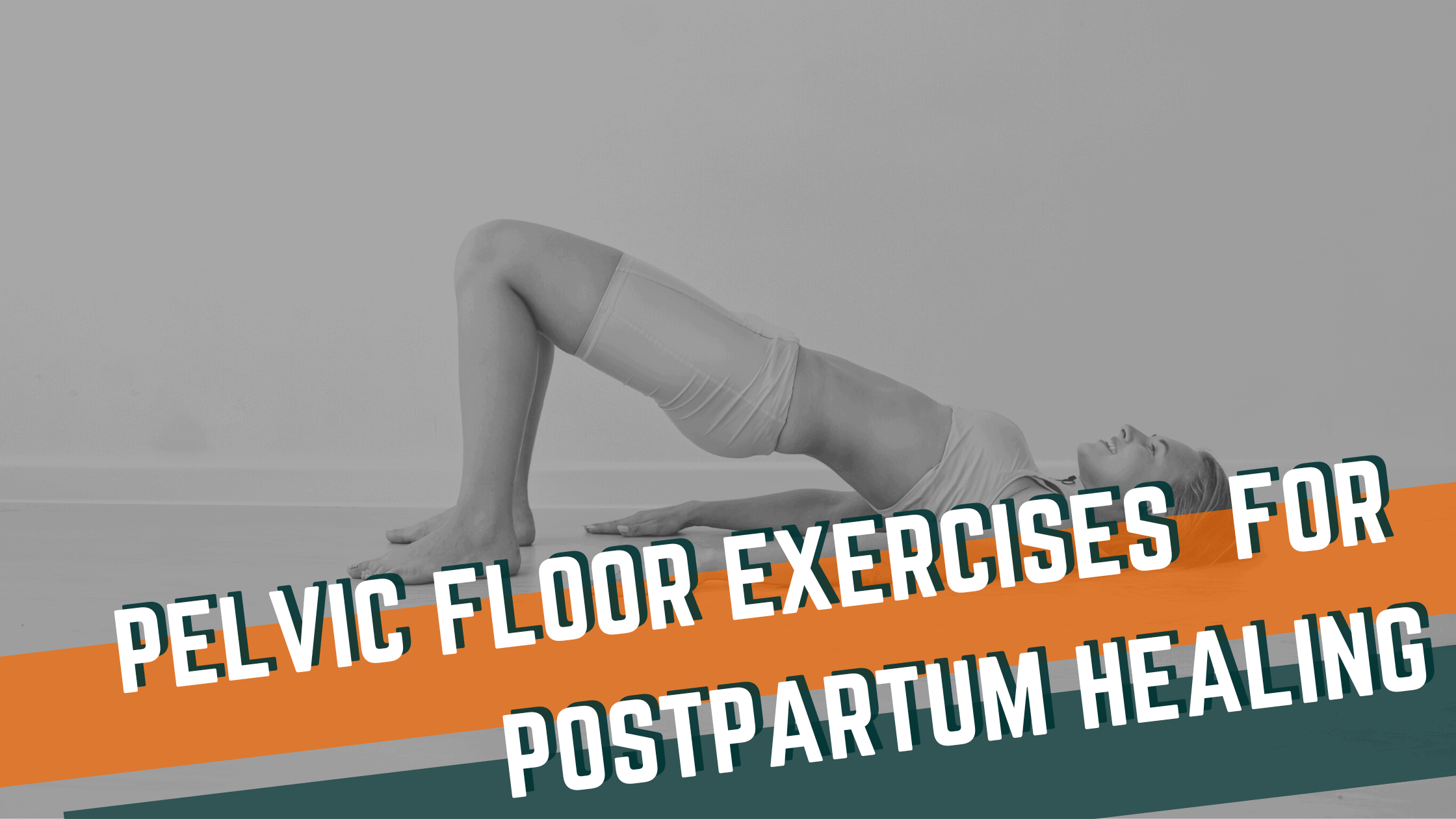
Preventing Back Pain in CrossFit: Key Considerations for Training Safely

